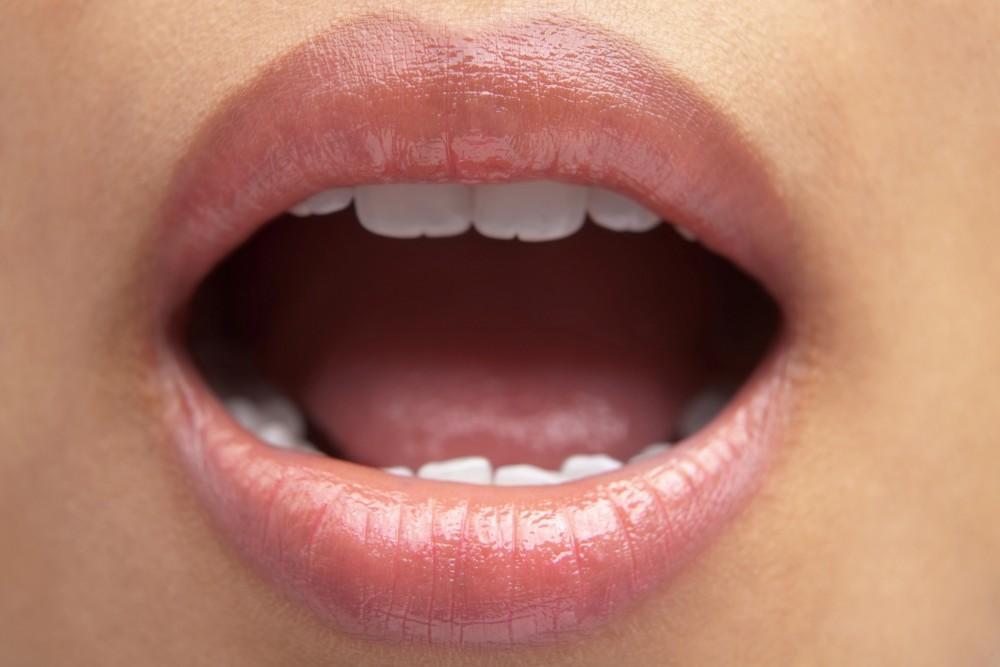
Bumps On Your Child's Newly Erupted Permanent Teeth? Don't Worry!

Losing baby teeth is a significant moment in your child's life. Once the permanent teeth begin to erupt to fill in the place of the lost baby tooth, you may notice that the new tooth has a bumpy or rigid appearance. These grooves called mamelons are typical and perfectly normal.
Learn more about what causes mamelons, which teeth to expect them on, and why they're likely to disappear just as quickly as they appeared.
What Are Mamelons?
As a parent, you may notice ridges on the end of your child's newly erupted permanent teeth. These ridges are known as mamelons, and while they can differ from child to child, most of the time, they're not visible for long. These rigid bumps often resemble the serrations on a steak knife and appear on the lower and upper teeth in a child's mouth.
Which Teeth Are Most Affected?
Mamelons appear on recently erupted incisor teeth, which are the four front teeth towards the front of the mouth on the top and bottom. Incisors have a flat surface, and they are used for biting and tearing off small pieces. These teeth are the most visible, which is why mamelons are easily seen.
Why Mamelons Occur
When a permanent tooth forms beneath the gums, the incisal edge is also formed to help these teeth erupt. The tooth enamel serrations help the tooth poke through the gum tissue when a permanent tooth replaces a lost baby tooth.
Manelons Are Usually Nothing To Worry About
It's essential to recognize that bumps, grooves, or ridges on a child's incisor teeth are there because of how these specific teeth come about, not due to a dental health concern. These teeth do not begin as solid units. Instead, they form and fuse from three tissue lobes, which morph into a single tooth, and mamelons are evidence of this process. Parents are often alarmed to see rough edges on a child's permanent teeth, but mamelons are normal in young children and generally wear down on their own.
As your child speaks, chews food, sings, and goes about their everyday life, the top and bottom teeth will consistently come into contact with one another, which causes the tissue to thin and wear down into a flat appearance.
In rare cases, if a tooth erupts late or if a child has an occlusion discrepancy where their bite does not naturally grind, mamelons may not wear away on their own. This most commonly occurs when an open bite is present, which is when the front teeth do not overlap. If the front teeth never come into contact with one another, mamelons can last into adulthood if left untreated.
When To Seek Professional Treatment
Dentists often choose to take a wait-and-see approach when it comes to seeking professional treatment for mamelons because most cases do resolve on their own with time. For cases in which mamelons do not wear down on their own, your child's dental professional can smooth or polish down the rough edges. Consequently, mamelons not wearing down on their own may indicate that a child is suffering from a bite problem, and orthodontic treatment may be needed in the near future.
As a parent, if you're ever in doubt about your child's oral hygiene, always consult with your child's dentist about their oral health. Elite Dental & Denture PC is always here to answer any questions you may have regarding your child's teeth and dental care. Contact us today to schedule a visit.
You Might Also Enjoy...


Is Mouth Breathing Bad?

Can Improving Your Smile Boost Your Career?

The Do's and Don'ts of Tooth Extraction

The Oral Health – Mental Health Connection


